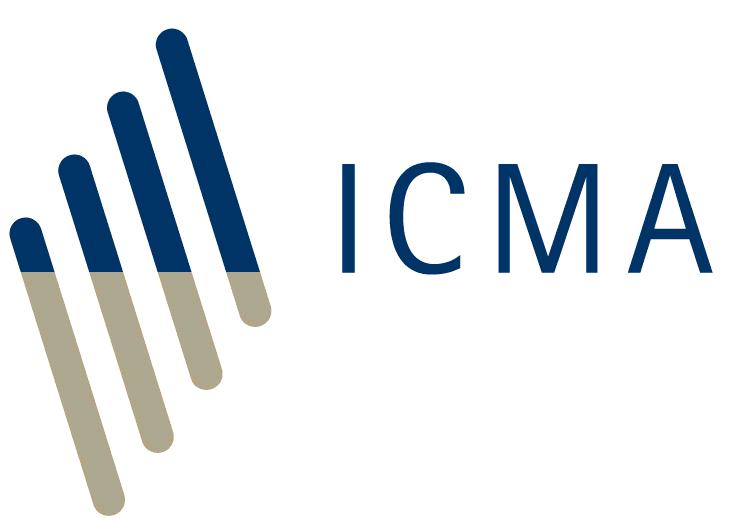What is market transparency?
“Market transparency” has to do with the amount of information about the market that is available to market participants. Broadly speaking, “market transparency” can be broken down into two categories:
- pre-trade transparency - refers to information about the prices at which trades can be executed- i.e. the bid and offer prices and sizes (also known as volumes) in which market participants are willing to trade. Pre-trade prices can be indicative or firm.
- post-trade transparency - refers to information about the prices and volumes of trades that have already taken place.
All markets need a certain degree of trade transparency to function effectively and efficiently. Trade transparency allows market participants to make better, informed decisions. From an academic perspective, transparency can increase the efficiency of the price discovery process, stimulate more competitively priced quotes and possibly reduce transaction costs. However, markets can suffer if there is too much trade transparency and in some cases, even reduce participation in the market. The FSA said, “transparency should be viewed as a facilitator of market efficiency and investor protection, not an end in itself. ‘Maximum’ transparency is not necessarily optimal.”
The amount of pre-trade and post-trade transparency available to market participants can vary significantly from market to market, both in terms of:
- the kind of information is available – there tends to be greater transparency in retail markets than in wholesale markets. Additionally, some markets such as equity markets tend to have much greater levels of both pre- and post-trade transparency than other markets such as bond markets and over the counter (“OTC”) derivative markets.
- how frequently it is made available - information can be made available on a real-time basis (i.e. it updates as dealing interest changes) or it can be made available on a delayed basis (i.e. some time after the trade has been executed).
ICMA proposal for a new post-trade transparency regime for the EU corporate bond market
8 December 2021 ICMA fully supports the establishment of a single consolidated tape for EU bond markets. ICMA views this as being the necessary vehicle for providing comprehensive, meaningful market transparency. In April 2020, ICMA published a report with recommendations for the establishment of an optimal post-trade consolidated tape for EU bond markets. This report addressed a number of fundamental questions relating to the context, relevance, comparability, scope, design, and governance of a potential consolidate tape.
In summer of 2021 as an important follow up to this work, ICMA, through its Transparency Taskforce (Taskforce), began extensive discussions and analysis to determine what should be the appropriate ‘transparency regime’ to support the consolidated tape. That is, what information should be made available on the tape, and when? While in many, if not most cases, full and immediate disclosure of transactions can be considered desirable, there is also a broad recognition that there are instances where it would be beneficial to the overall integrity and efficiency of the market to delay the dissemination of certain details, and possibly of the transaction itself.
This proposal summarises the Taskforce’s findings and sets out ICMA’s bond market transparency regime proposal and position for EU corporate bond markets.
 ICMA discussion paper on Transparency and liquidity in the European bond markets
ICMA discussion paper on Transparency and liquidity in the European bond markets
29 September 2020 The state of liquidity in the European bond markets has been hotly debated for a number of years, with the growing realization that due to a culmination of factors market liquidity has been in serial decline for more than a decade. There is an ongoing parallel discussion on the issue of transparency in the European bond markets. While it is broadly recognized that a degree of price transparency is fundamental for market efficiency and integrity, the intersection of transparency and liquidity is a far more complex consideration, yet an important one from the perspective of market development.
ICMA has been at the forefront of industry work related to both bond market liquidity and the design and implementation of the European transparency framework for bonds. This paper attempts to pull those two workstreams together in order to explain how bond market structure and dynamics are very different to those of equity markets, that this is the basis for how liquidity is created in bond markets, and why this is central to any considerations around the framework for European bond market transparency, including any proposed future regulation related to the provision and design of a consolidated tape for bonds.
See also:
ICMA Bond Market Transparency Directory
Consolidated tape
MiFID II/R Working Group page.





